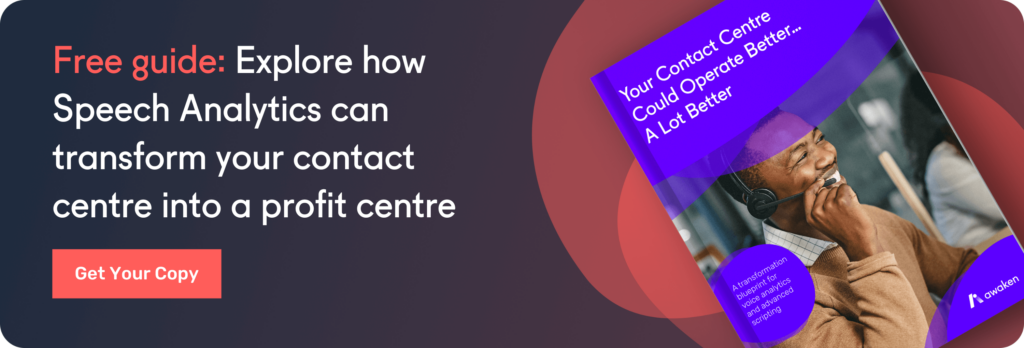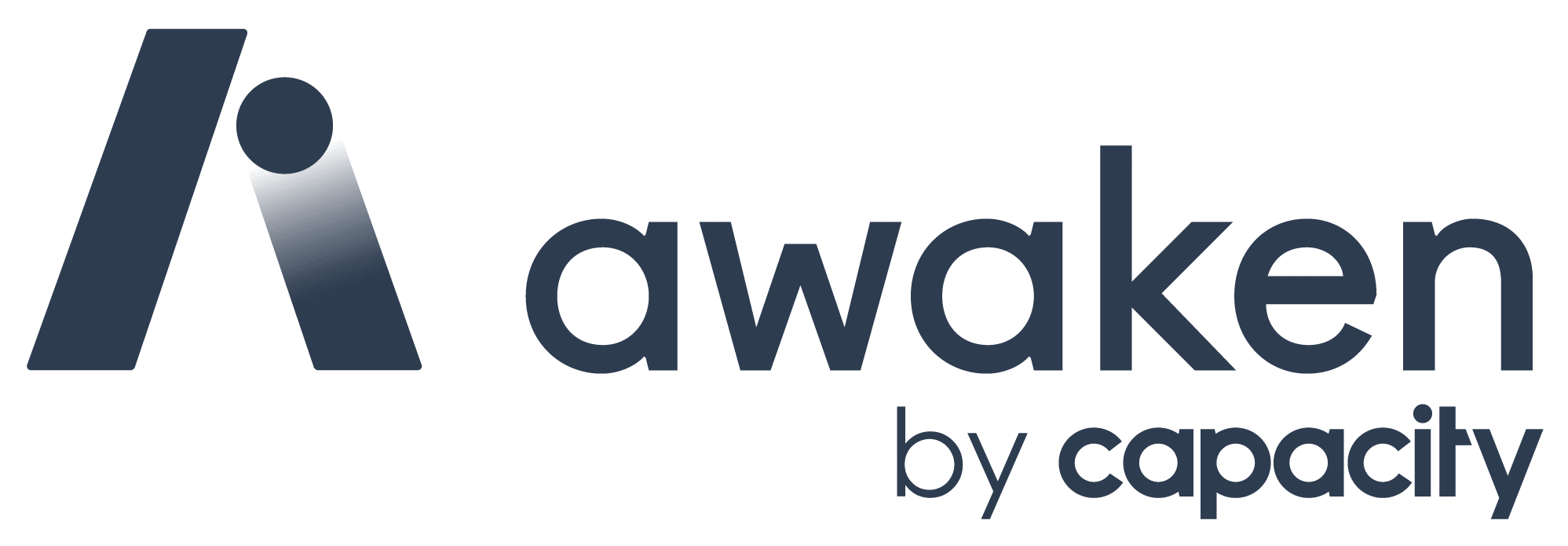Differences Between Speech and Voice Analytics
Author: Justyna Chlopecka | Date: 07/05/2019
The difference between Speech and Voice Analytics
According to research, 45% of customers prefer voice calls when interacting with businesses, more than double the preference for any other channel. If your business handles large volumes of customer calls, this could offer a huge opportunity to gather insight from speech and voice analytics to help you better understand your customers.
You may already be familiar with speech analytics software, allowing you to record and transcribe the interaction between your agents and customers and monitor how well your agents are sticking to the script and meeting compliance targets. But what if the words that are spoken do not tell the whole story?
Research has found that approximately 55% of human communication is non-verbal and 38% is ‘paraverbal’, e.g. implied by tone and emphasis. Therefore, how you speak is 5 times more important than what you say. In the context of phone conversations, tone and emphasis in speech have even more significance.

What are the differences between Speech and Voice Analytics?
Speech Analytics and Voice Analytics software may often be billed with similar features, but these systems perform very different tasks.
Speech Analytics programs record phone conversations to analyse phonetics, picking up on specific keywords and transcribing what was said. The vocabulary that the system is programmed to recognise may be limited to just a few words or include a whole dictionary: this affects the complexity of the transcript that can be produced. Therefore, speech analytics is primarily used to support compliance processes by analysing the words that agents speak to ensure they are using approved real-time language and correct information. Of course, the success of these systems can be impacted by failure to recognise slang or process strong accents.
Voice Analytics programs also analyse recorded conversations, but instead of picking out words, they evaluate vocal patterns such as tone and pitch to assess the emotional state of the speaker. These systems use cognitive technology and machine learning to compare the recording with known voice patterns that signify emotions such as happiness, sadness, anger, and fear.
However, not all voice analytics packages are created equal either. A lot of companies promote their software as voice analytics, but they are in fact lexicon-based, using lists of reference words. This leads to a high level of false positives, where for example “yes” is recognised as a positive/affirmative, but actually has different meanings based on inflexion. Awaken Analytics takes things a step further, our solution is trained against 256k words and covers 97% of spoken English, analysing the call tempo, amplitude, pitch tone and even non-semantic communication.
Reveal the true voice of your customer – across 100% of interactions
Understand customer interactions across all channels on a deeper level.
How Voice Analytics supports customer compliance
Voice Analytics systems have widespread applications in any organisation that handles large volumes of calls, such as contact centres, marketing calls, health care, education and financial services. Voice analytics systems can recognise risk factors in a caller’s voice patterns that may indicate fraudulent behaviour or identify whether an agent’s tone of voice is the reason for poor performance. Over time, risk scoring algorithms learn how to predict the outcome of customer interactions and produce a risk score. The system’s high level of transparency provides traceability for all interactions and supports “compliance by default” which in turn reduces regulatory risk.
With voice analytics, organisations have the tools to understand what their customers are really thinking and feeling, monitor agent-customer interactions at scale and proactively predict risk factors that can result in a negative customer outcome.
Automating the intensive listening process has the added benefit of lowering operational costs and enabling consistent customer service improvements: according to Humana Health Insurance, the use of voice analytics has resulted in a 28% rise in customer satisfaction.
To learn more about our Voice Analytics Behavioural and Emotional Analytics Tool, get in touch with the team…

